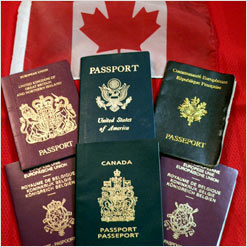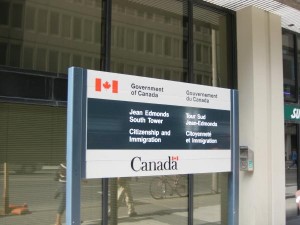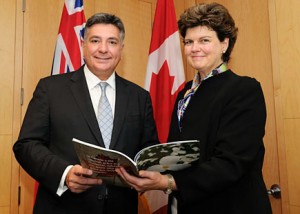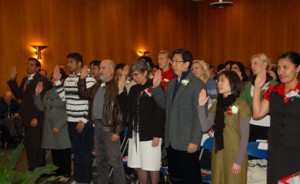
Citizenship and Immigration Minister Jason Kenney tweeted more details in recent days about coming changes to the Canadian Experience Class and Federal Skilled Worker programs
The length of time that a temporary foreign worker needs to have worked full-time in the Canada to qualify for permanent residence under the Canadian Experience Class (CEC) immigration program will be reduced from 24 months to 12 months in January 2013, according to a tweet by Citizenship and Immigration Minister Jason Kenney.
The long expected change in the CEC program’s work experience requirement is intended to increase the share of immigrants that come through the program, as Citizenship and Immigration Canada (CIC) considers immigrants with Canadian work experience as more likely to be successful in integrating into Canada’s labour market than those who are admitted under more traditional routes like the Federal Skilled Worker (FSW) program.
The announcement on the date of the CEC program rule change was made in a response to a tweet directed to Kenney, who is quite active on the micro-blogging site, on November 5th:
@KaushikJay The new 1 year threshold for high-skilled temporary foreign workers to qualify for CDN Experience Class will start January, 2013
In a series of tweets on November 4th, Kenney also described when and in what form the revamped FSW program will be launched.
He posted that the final details for the relaunched program would be released in the “1st half of 2013” and that there would only be “a very limited number of new applications” accepted in 2013, to help CIC “asses [sic] the new grid & educational evaluation”.
He also posted that CIC’s goal was to launch the new Expression of Interest model for the FSW program “around late 2014 / early 2015”.
CIC placed a moratorium on accepting new applications through the FSW program in July 2012, to give it time to deal with the program’s pending application backlog and to design new selection rules and assessment procedures that it says will make the program more economically beneficial for Canada and its application review process faster.









